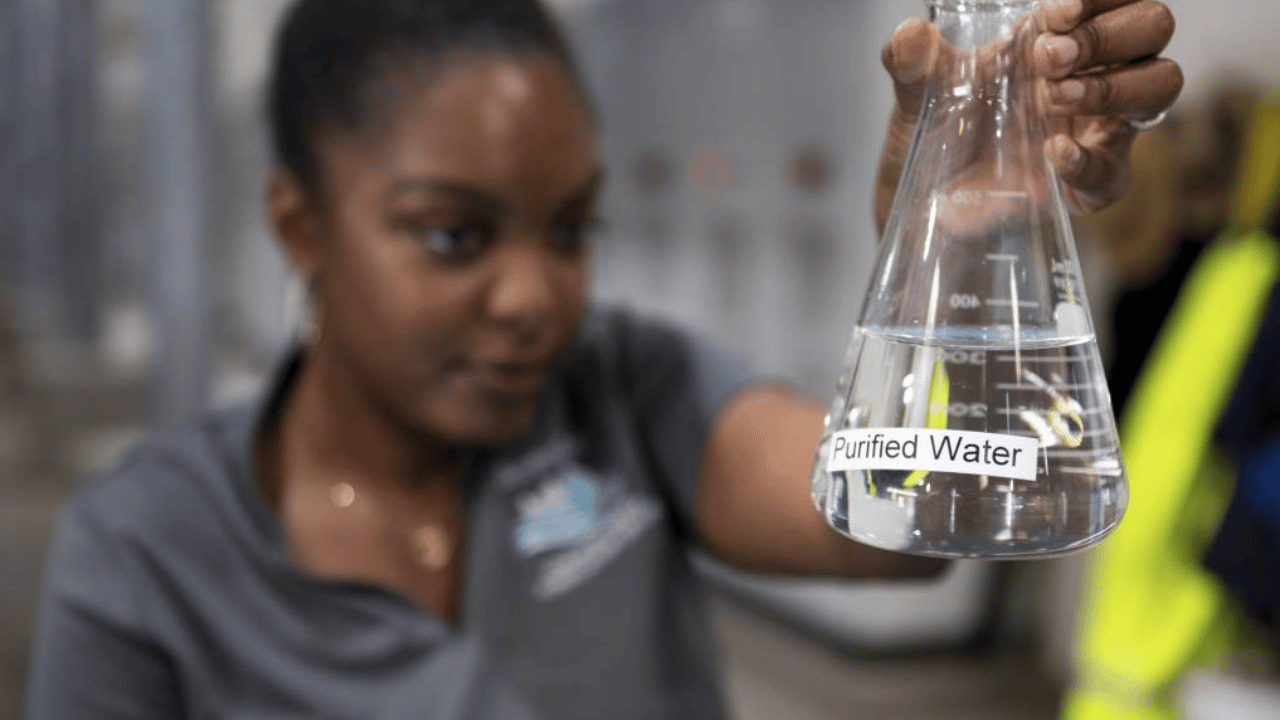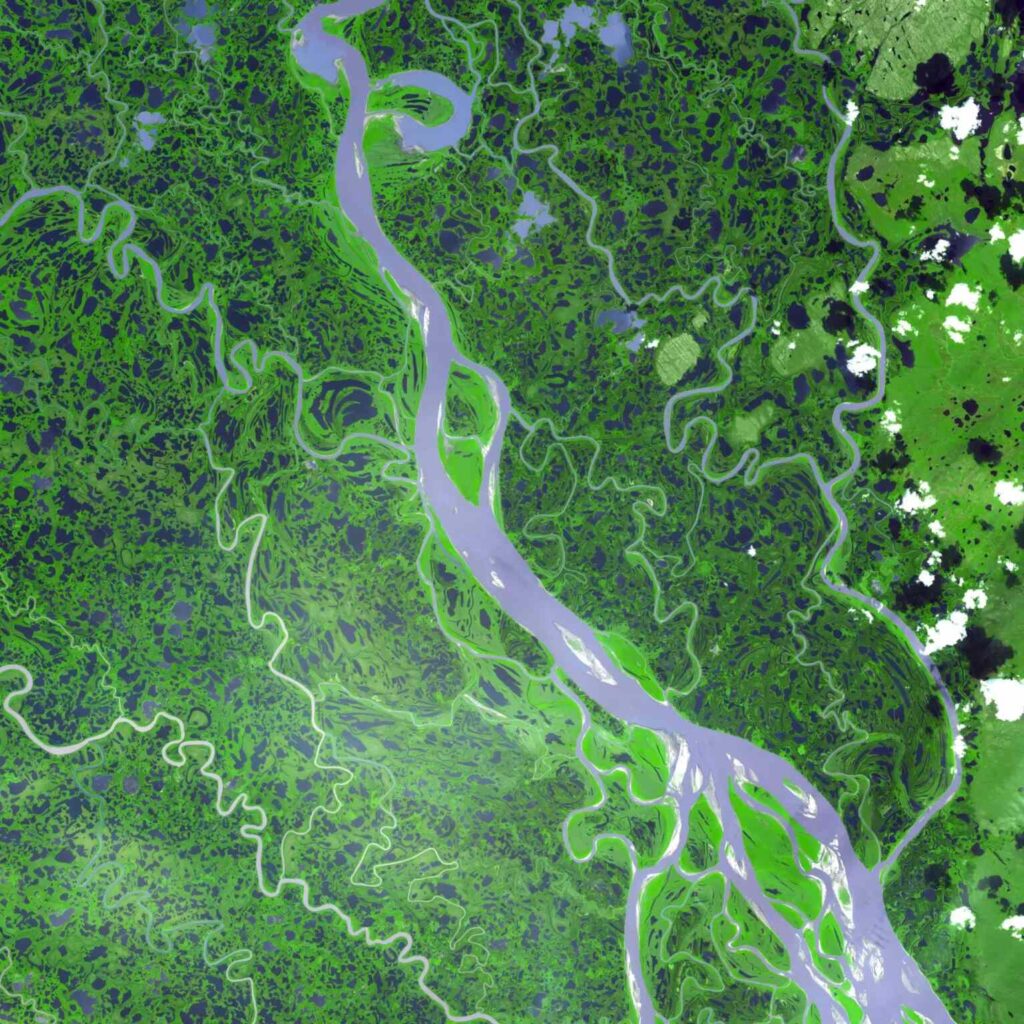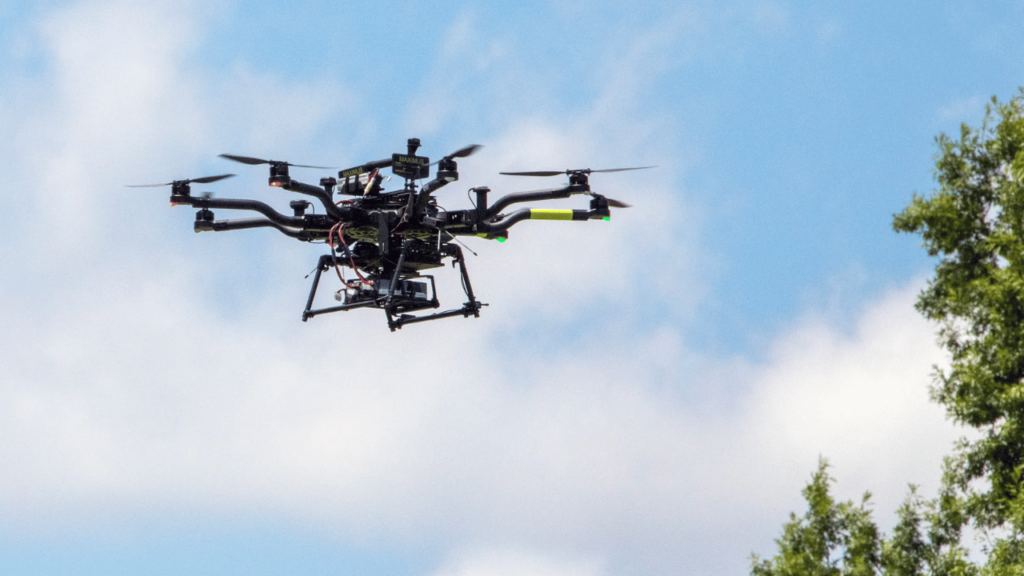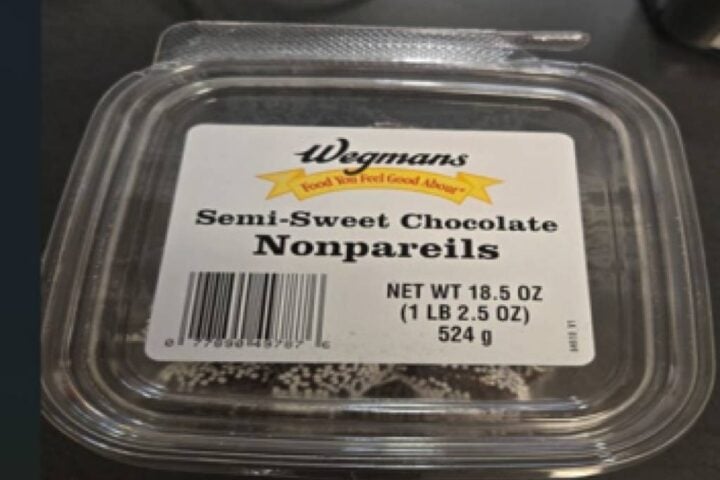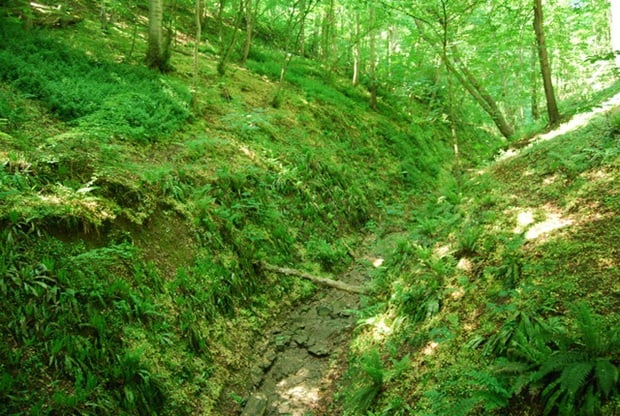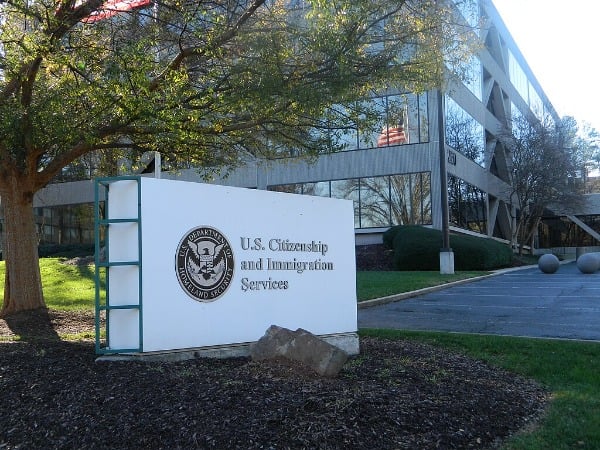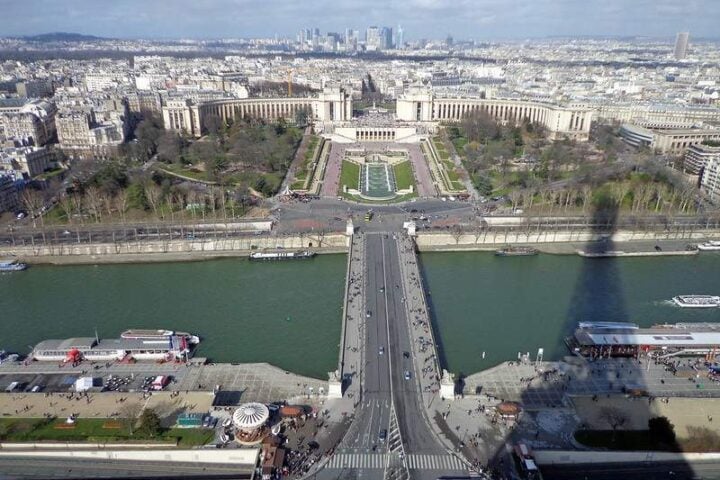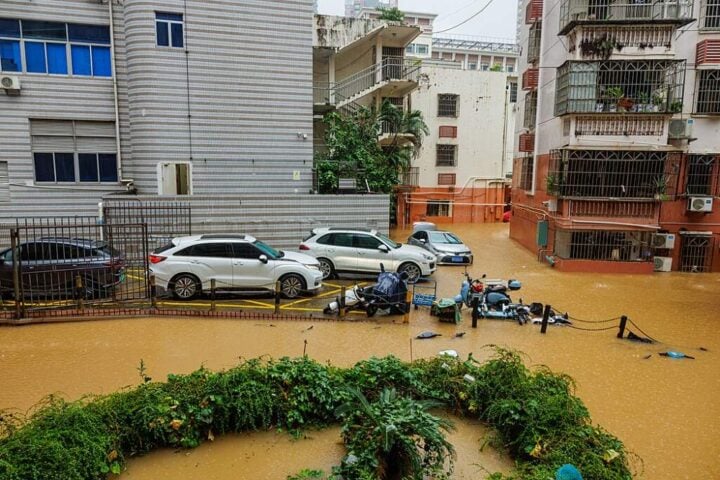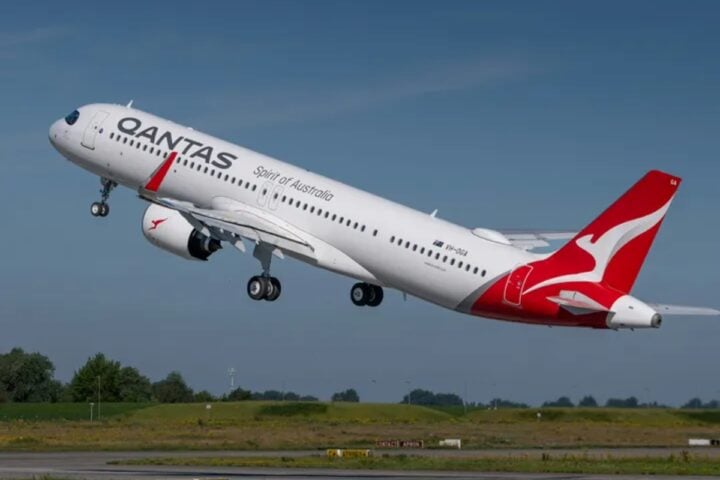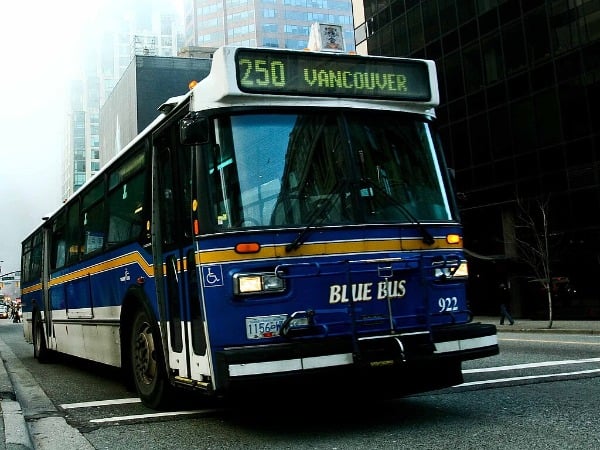Many nations in the global south suffer from water shortage; but in an advanced country like the USA, famine is affecting many regions. California, famous for fruit production, has been facing famine since the last two decades. Steps are being taken to solve the problem of the paucity of water.
Now a proposal to recycle the drainage water is approved for drinking water. The forty million people of California will be able to get drinkable water from this project, the work for which was going on for the last several decades. This is an important step in this direction. The processed water will be supplied through pipes to homes, schools, and industries. The necessary sanction is obtained for this purpose. There was resistance to such a proposal before two decades. Now it is being debated whether the new rules are a result of a change in public opinion or acceptance of the situation.
California faced several famines during the last 20 years. Even today, this state is facing an acute shortage of water. The storage of water is at a bare minimum level. The water has become so scarce that there is no other way than to use it several times. This state is not new to using recycled water. During the last few decades, recycled water is being used to make ice for ice hockey fields. It was also used to prepare ice for hill resorts. A majority of farmers in the ‘central valley’ are using processed drainage water to irrigate the farms on which the vegetables & fruits are grown.
Similar Posts
California, facing a water crisis for over two decades, has approved a significant water recycling project. This initiative, under development for several years, will transform sewage into potable water, addressing the state’s acute water shortage. The treated water, rigorously processed under health and sanitation standards, will be distributed to homes, schools, and industries, ensuring a safe and reliable water supply for the state’s 40 million residents.
Previously, recycled water in California was used for non-drinking purposes, including ice production for hockey rinks and hill resorts, and irrigation in the Central Valley. However, this is the first-time recycled water will be processed for drinking, marking a pivotal change in addressing California’s severe water scarcity and ecological imbalance. In fact, it seems such water will be quite suitable for drinking as it is processed under strict supervision of health & sanitation officials. Such a guarantee is worked on and might be given in future in a country like the USA, well-known for its pursuit of standards and technology in such matters.
